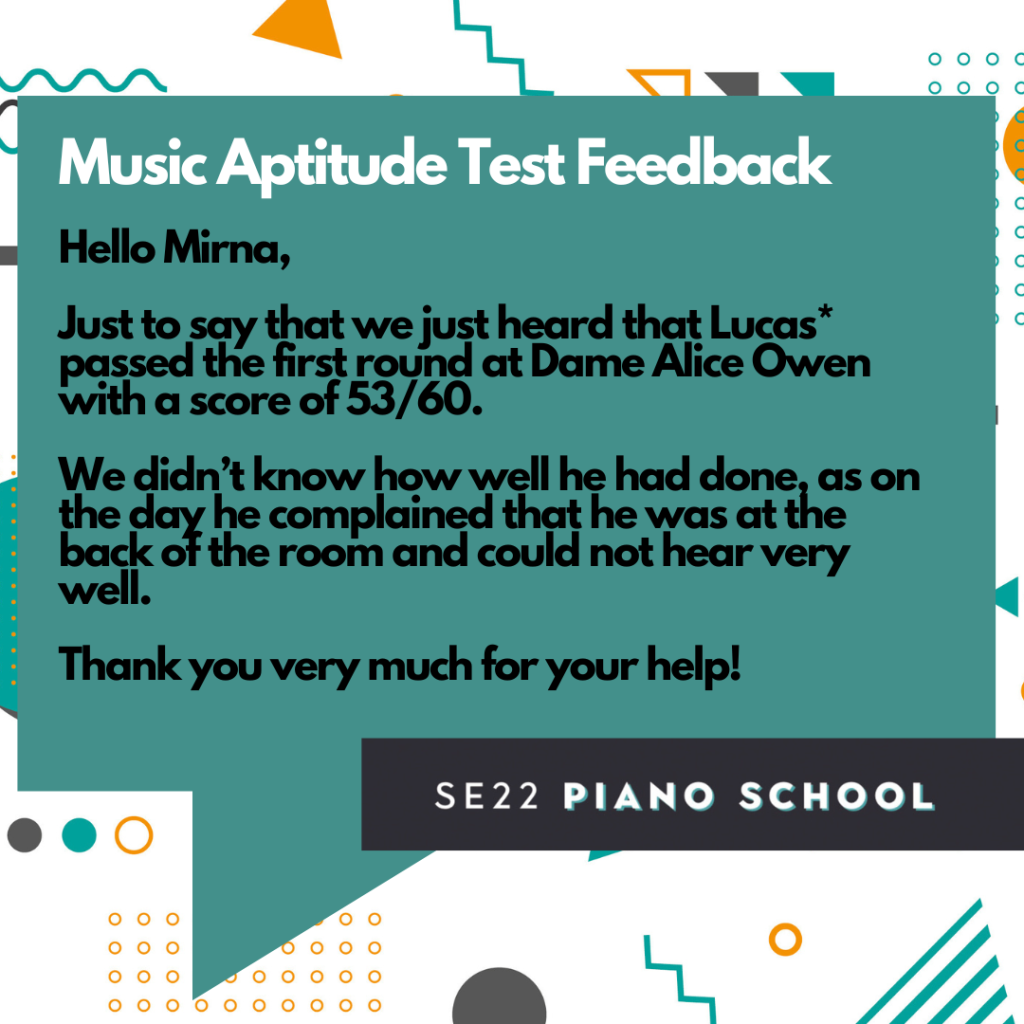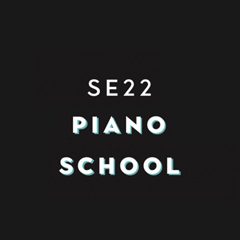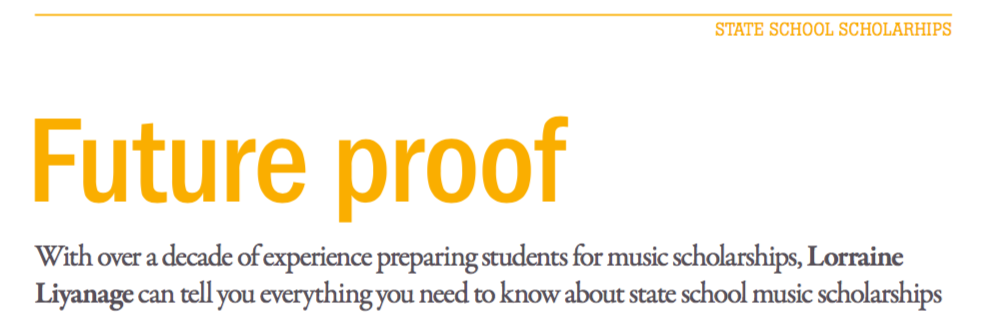
As a private music teacher, it is my role each year to guide many students through the State Secondary Music Scholarship process. This is very different to the private school music scholarship system and uses a test called the Music Aptitude Test (MAT) as part of the selection criteria for most UK schools. The MAT is is designed to look for inherent musicality in a student. The test is designed to determine the listening skills and the ability to discern detail in pitch, texture, and rhythm.
Watch a sample lesson with Mirna on Zoom
However there is no standard MAT test used across the board and each school will use their own variety of test. Some schools include graphic scores to represent volume and tempo changes. Other schools use a variety of instruments and ask you how many different ones you can hear. Some schools will vary the test each year and not all will publish guidelines on what you will hear on the day. These variables mean that preparing for the test without the guidance of a teacher that is familiar with the MAT is a challenge.
If you are in Year 5 and thinking about a music scholarship to local schools such as Kingsdale, Habs and Prendergast, get in touch to see how we can help you prepare for the upcoming tests this Autumn. Many other schools use this test too: Dame Alice Owen, SW Herts, Ashmole Academy just to name a few.
Luckily there are many good resources available and more teachers are becoming familiar with the scholarship system. It is entirely possible to prepare for a Music Aptitude Test if you know what to practice and allow enough time to prepare. Preparing last-minute can often lead a student to feel stressed about the test so we advise leaving at least half a term in advance to prepare before the tests in the Autumn term.
The Format of the Music Aptitude Test
Many schools use a two-round system for the State Secondary Music Scholarship process. Round One is in the form of a listening or aural test called the Music Aptitude Test. Some schools may listen to you perform an instrument or sing on the same day, but the majority of schools will mark the tests and then only call you back to audition if you attain a certain score on the test. The pass-mark is often determined by selecting a certain top percentage to return but I have noticed that some schools invite back anyone scoring higher than 46 out of 60 on the Standard MAT test.
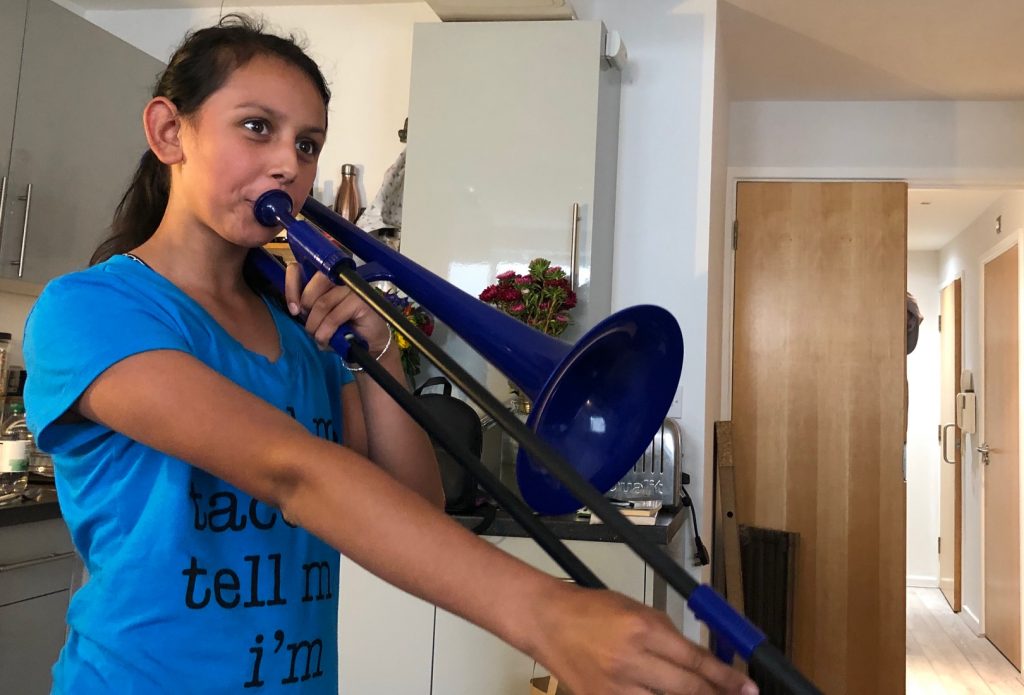
I mentioned above that the test measures listening skills. It is very common for the test to measure the ability to discern detail in things like pitch, texture, and rhythm. The test format can be any of the following:
- A group of students sit in a room with an answer sheet in front of them and the test is played out loud
- The test is conducted individually with a music tutor who sits at a piano and plays and asks questions, similar to the Aural section of a graded music exam.
I have often been asked whether the student will sit at a computer with headphones and individually answer the test but as far as I am aware, no school uses this system. I presume the reason is that a high number of applicants are sitting the test and most schools wouldn’t have the resources to accommodate this.
Whilst the contents of the test are kept secret, I do thoroughly question my students each year to find out as much information as possible about the test. I use this as a basis for training and helping my students feel confident on test day. With many students over a decade successfully gaining full scholarships, I am convinced that forward planning and preparation is the key to success with the Music Aptitude Test process.
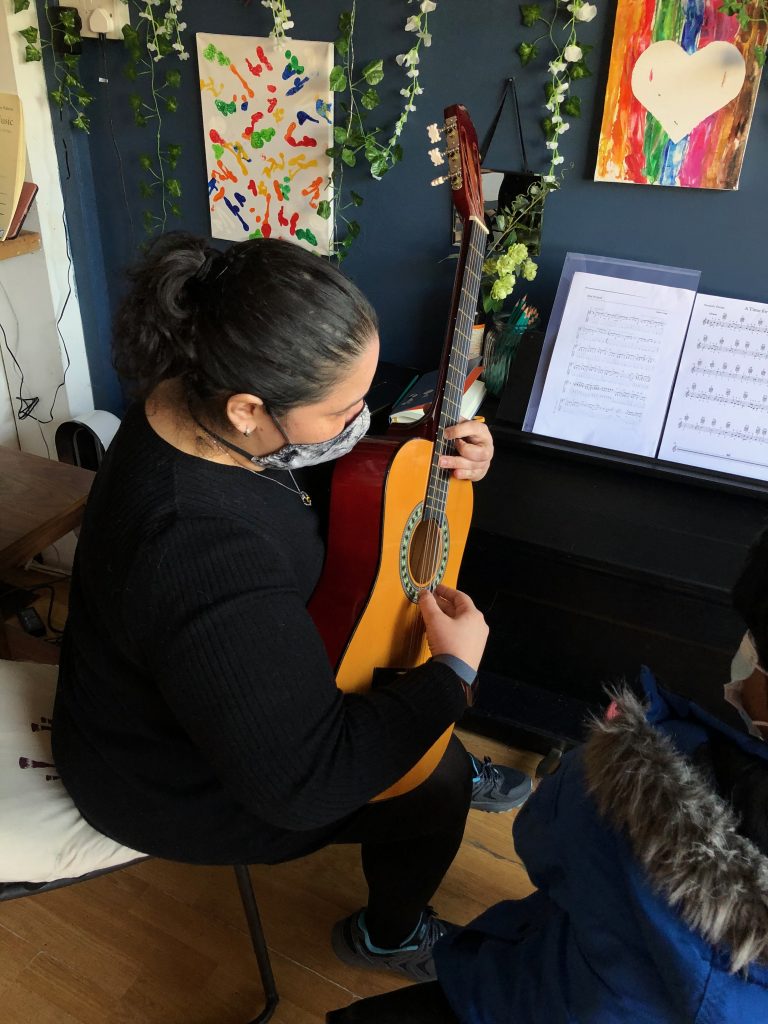
What if you fail a Musical Aptitude Test?
If you fail a musical aptitude test it doesn’t mean you’re not musical. It often means that the test presented to you was unfamiliar and may have found you outside of your comfort zone.
The good news is that even though schools are looking for inherent musical aptitude, it can be acquired so long as you know what to practice. By working with your teacher and using online materials, you’re going to become more aware of the types of questions that could come up which will help you feel a lot more confident going into the test.
The Format of the Music Aptitude Test
Many schools use a 4-part test consisting of up to 60 questions. The four parts are described below:
- Pitch
You will almost certainly be asked about pitch which is the vertical relationship between notes. For example, you will hear three notes played and you are asked which note is the highest. You select the first, second or third.
- Melody
A short tune is played to you. It may then be played again but with a variation. You may be asked to identify a change in the melody by describing it or raising your hand when you hear the change, or answering whether the first tune was the same or different to the second tune.
- Texture
This is by far the trickiest section of the test even though it sounds quite simple. Most tests will you give you a chord containing 2, 3 or 4 notes and you have to identify how many different notes make up the overall texture. This is always the section that requires the most practice. If you only practice one section, make sure it’s this one!
- Rhythm
Similar to the melody section, you will hear a short tune played twice. There may be a change to identify or simply mark whether the second tune differed from the first.
Additional Questions
Here is just a small selection of questions students have been asked:
- A note is played and the student is asked to sing it back. This is very easy to practise with your teacher. A variation of this would be singing back a short melody – very similar in style to the ABRSM graded exam aural tests.
- Clapping back a short rhythm
- Instrumental texture: How many instruments are playing, and can you name them?
Very best of luck to all the students sitting the Music Scholarship for this year’s state secondary admissions. For further reading, visit the dedicated MAT training web site. Individual lessons are also available. [Book Online]
